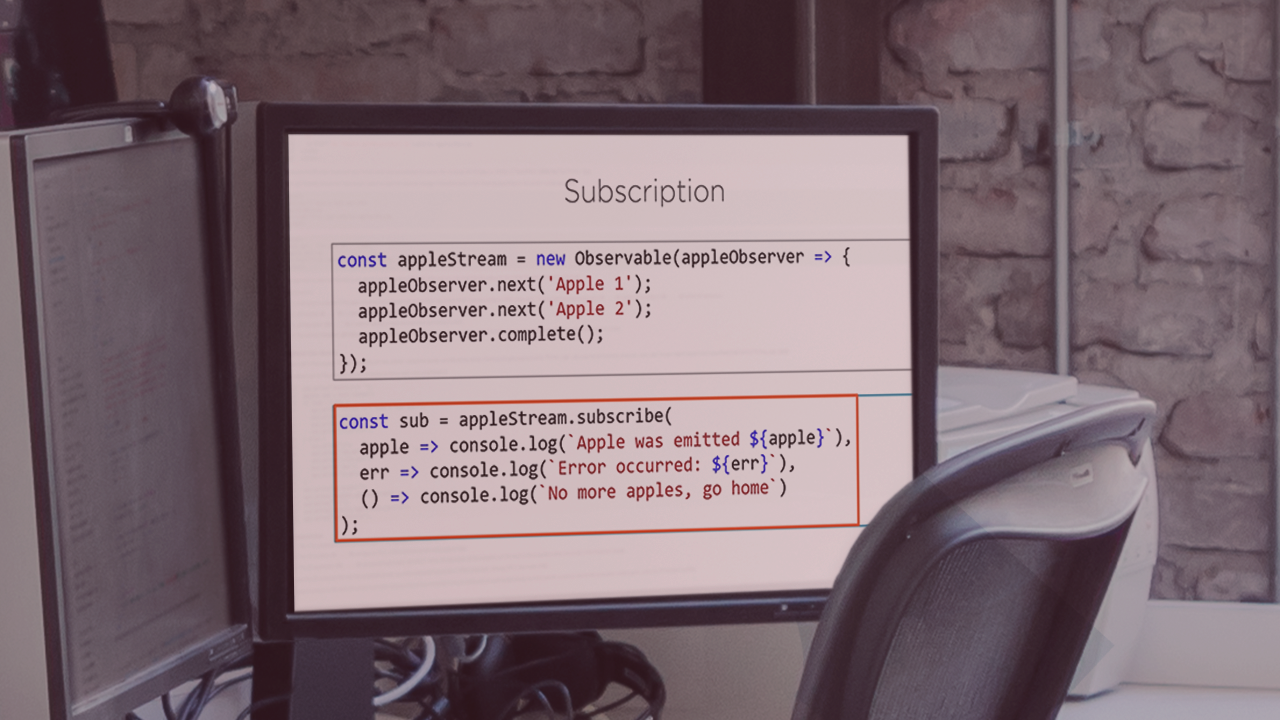- Course
RxJS in Angular: Reactive Development
Angular uses RxJS to create Observable data streams, but that’s just one of its many features. In this course, you'll learn how to combine streams from multiple data sources, create action streams to react more easily to user actions, and much more.

- Course
RxJS in Angular: Reactive Development
Angular uses RxJS to create Observable data streams, but that’s just one of its many features. In this course, you'll learn how to combine streams from multiple data sources, create action streams to react more easily to user actions, and much more.
Get started today
Access this course and other top-rated tech content with one of our business plans.
Try this course for free
Access this course and other top-rated tech content with one of our individual plans.
This course is included in the libraries shown below:
- Core Tech
What you'll learn
Angular uses RxJS to create Observable data streams, but that’s just one of its many features. In this course, RxJS in Angular: Reactive Development, you will gain the ability to develop your applications with a more declarative and reactive approach using RxJS. First, you will learn RxJS terms and syntax and examine several key RxJS operators so you can better leverage this powerful technology. Next, you will discover a declarative approach to defining data streams and combining data streams to merge data from multiple sources so you can more easily display useful related data for your users. Finally, you will explore how to create streams from user actions, such as a selection, and merge the data streams with the action streams to react to those actions, automatically updating the view as needed. When you are finished with this course, you will have the skills and knowledge of RxJS needed to incorporate the power of Observable streams into your applications, providing your users with a more performant and interactive application.

